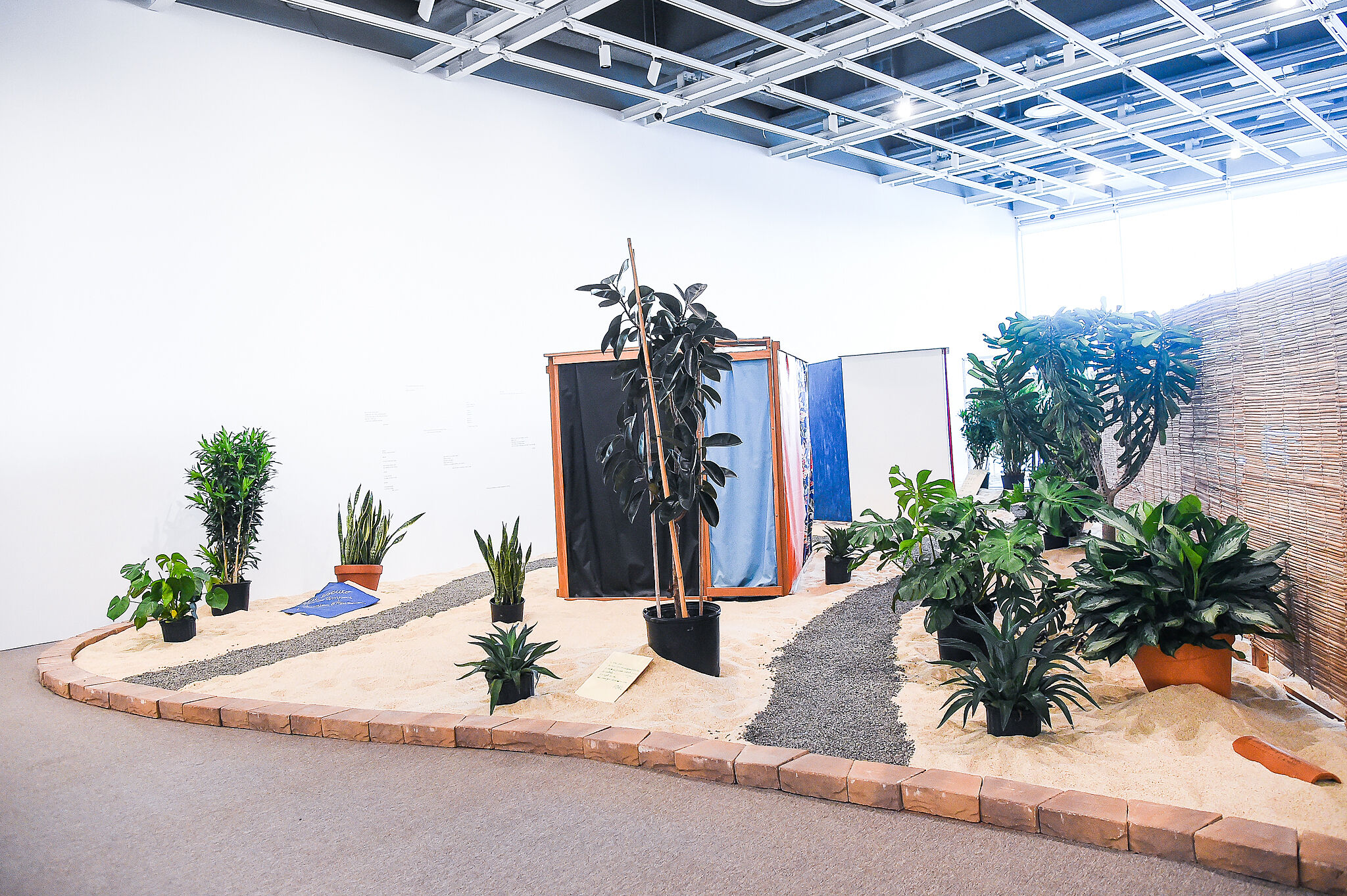Hélio Oiticica, Manhattan Brutalista (Brutalist Manhattan), 1978
July 14, 2017
0:00
Hélio Oiticica, Manhattan Brutalista (Brutalist Manhattan), 1978
0:00
Narrator: Once back in Rio, Oiticia grew increasingly interested in working with found objects. Elisabeth Sussman.
Elisabeth Sussman: He began to see what we now call urban redevelopment, how old neighborhoods were being torn up and new places were being gentrified and so on. He was taking long walks through Rio and sort of picking up the debris that he found of these old stones and things that were left lying around the street. He began to make a collection of them.
Some of these stones are collected and shown here and he gathered them together and kept them in his house and was fooling around and playing with them all the time. One of the stones that he found was a stone that was the shape of the island of Manhattan and it just resembled it. He gave it the name Manhattan Brutalista.
Narrator: These were among the last works Oiticica made. On March 22, 1980, he died from a stroke. But in the years since he has become enormously influential. Donna De Salvo.
Donna De Salvo: Oiticica is of great interest to many contemporary artists who have been seeking a way to connect their art with the world, to seek out new meanings between the work of art and the viewer, to break down the boundaries between the two.
To experience his work today is to also understand how an artist used his work during a time of great political oppression to make a statement and to push past it. To show how the artist could also be an activist and create new forms of art. And these things went hand in hand in Oiticica's work.

